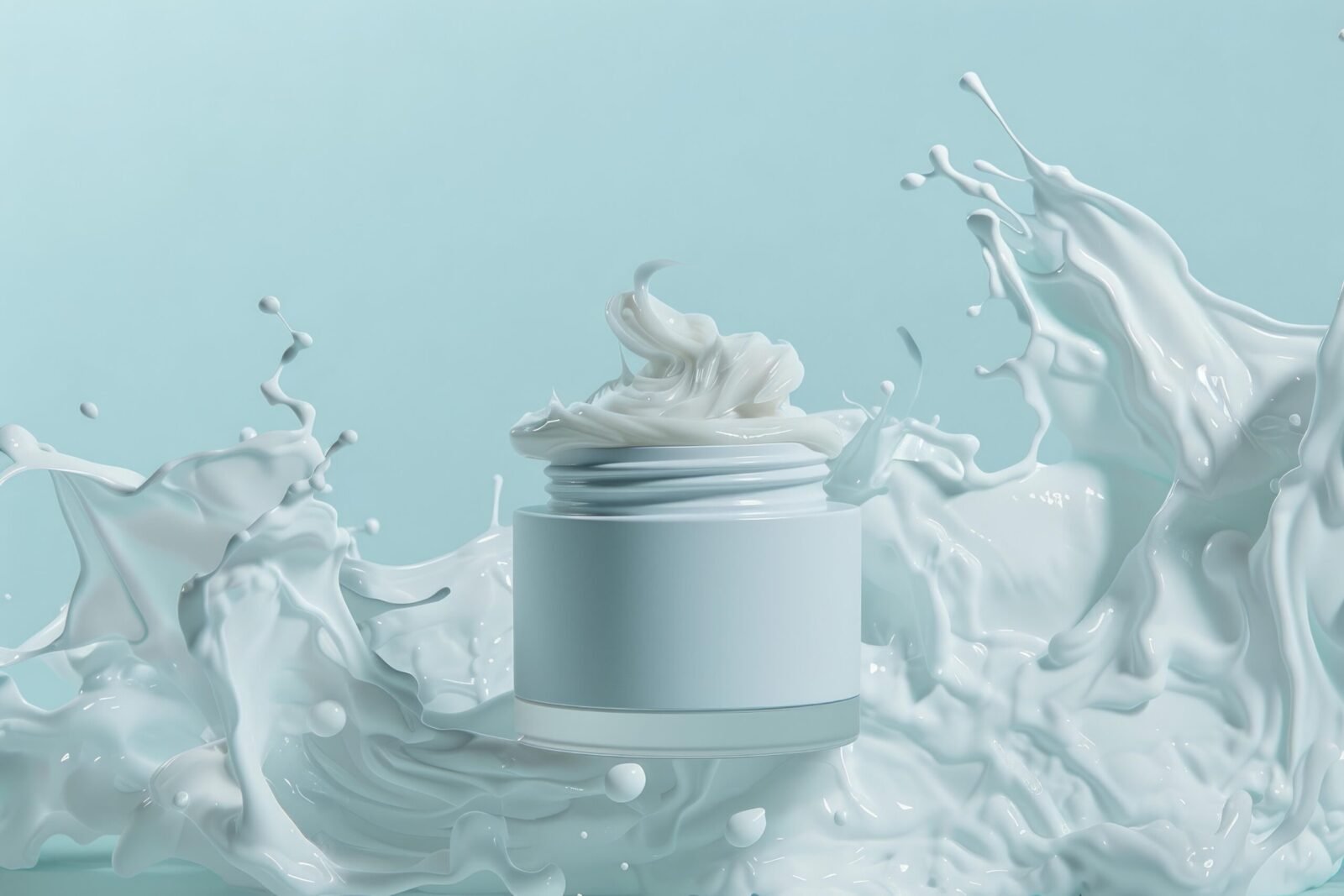In today’s regulatory landscape, safety and compliance are non-negotiable. Therefore, more cosmetic formulators are turning to GRAS-listed ingredients—actives recognized by the U.S. FDA as Generally Recognized as Safe. While GRAS status was originally developed for food applications, many of these compounds are now widely used in skincare because of their biocompatibility, proven performance, and clean-label appeal.
What Does GRAS Mean?
GRAS stands for Generally Recognized as Safe, a classification established under the U.S. Food, Drug, and Cosmetic Act (FD&C Act). Although GRAS primarily applies to food additives, many ingredients with this status also perform exceptionally well in topical formulations. These compounds stand out because they have a long history of safe use, low irritation potential, and compatibility with all skin types. Moreover, they are generally biocompatible with both skin and mucosal surfaces.
However, GRAS status does not mean an ingredient is FDA-approved for cosmetics. Instead, it indicates a strong toxicological safety profile when used correctly in terms of purity, concentration, and application conditions. Consequently, this status offers formulators confidence when designing safe, high-performance skincare products.
For further context, see the U.S. FDA Guidance for Industry on GRAS Notifications.
Why Formulators Use GRAS Ingredients
Formulators increasingly choose GRAS-listed actives for several strategic reasons. First, safety assurance—these materials have already undergone toxicological evaluation, providing a strong foundation for formulation safety. Second, consumer trust—terms like “food-grade” and “GRAS-recognized” resonate positively with clean beauty consumers who value transparency. Third, regulatory alignment—using GRAS ingredients minimizes risk of objection under MoCRA or EU REACH, ensuring smoother international compliance. Finally, GRAS-listed ingredients support clean beauty positioning, as many meet retailer standards like Credo or Sephora Clean.
As a result, both established and indie brands rely on GRAS actives as compliant, consumer-trusted building blocks for innovative formulations.
Research: Frontiers in Pharmacology – Safety Evaluation of Cosmetic Ingredients with GRAS Status
Common GRAS Cosmetic Actives
Many top-performing skincare ingredients fall under the GRAS umbrella due to their well-documented safety and versatility:
- Glycerin – A humectant that draws moisture into the skin, leaving it soft and hydrated.
- Ascorbic Acid (Vitamin C) – A potent antioxidant that brightens the complexion and supports collagen synthesis.
- Niacinamide (Vitamin B3) – Strengthens the skin barrier, reduces redness, and evens overall tone.
- Sodium Hyaluronate / Hyaluronic Acid – Retains water, plumps skin, and reduces fine lines.
- Allantoin – Soothes irritation and supports the recovery of sensitive or compromised skin.
- Citric Acid – Adjusts pH, mildly exfoliates, and enhances product stability.
- Tocopherol (Vitamin E) – Protects skin lipids and prevents oxidative damage.
- Lactic Acid – A gentle alpha hydroxy acid (AHA) that refines texture and hydrates simultaneously.
Because these ingredients appear on both food and cosmetic regulatory lists, they provide formulators with a unique balance of familiarity, safety, and efficacy.
Best Practices for Formulators
To maintain compliance, formulators should always use GRAS-listed actives within recommended topical safety limits for both concentration and pH. Moreover, sourcing from cosmetic- or pharmaceutical-grade suppliers ensures ingredient consistency and purity. While communicating product benefits, it is best to emphasize safety and efficacy but avoid implying FDA “approval,” since GRAS simply denotes recognized safety, not regulatory endorsement.
Additionally, formulators should document all ingredient sources and usage concentrations for future audits under MoCRA (Modernization of Cosmetics Regulation Act). This proactive approach supports transparency and builds consumer confidence.
Final Thoughts
Ultimately, GRAS-listed ingredients combine trusted safety with high performance, making them a cornerstone of compliant and consumer-approved formulation. They allow chemists to innovate confidently while maintaining transparency, clean-label values, and global acceptance.
From humectants to antioxidants, these compounds bridge the gap between efficacy and regulatory assurance. As the beauty industry continues to prioritize both safety and sustainability, GRAS-listed actives remain essential tools for the next generation of high-performance, science-driven skincare.






